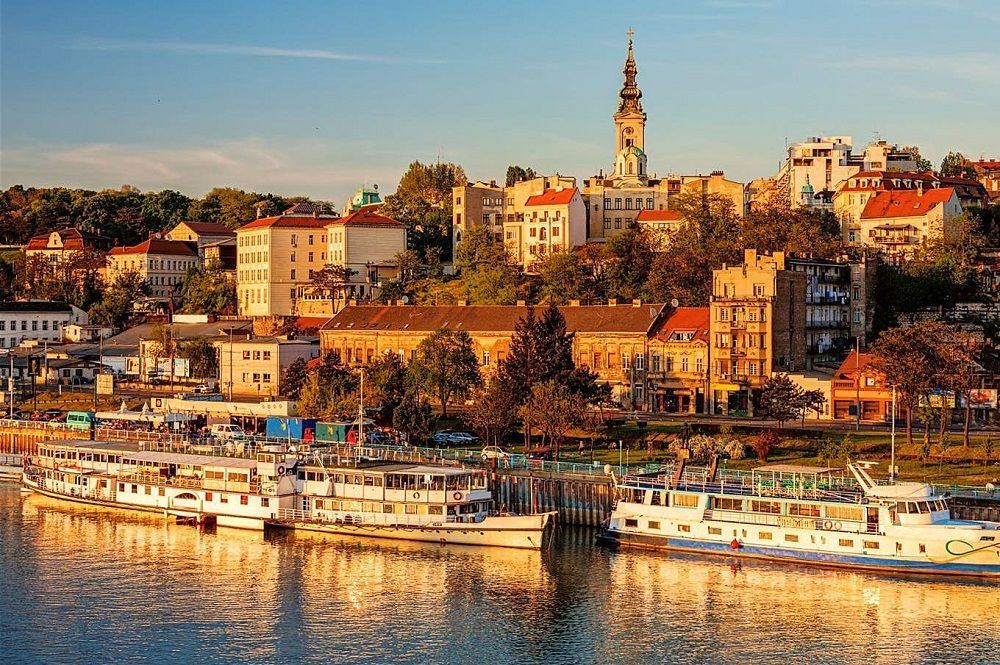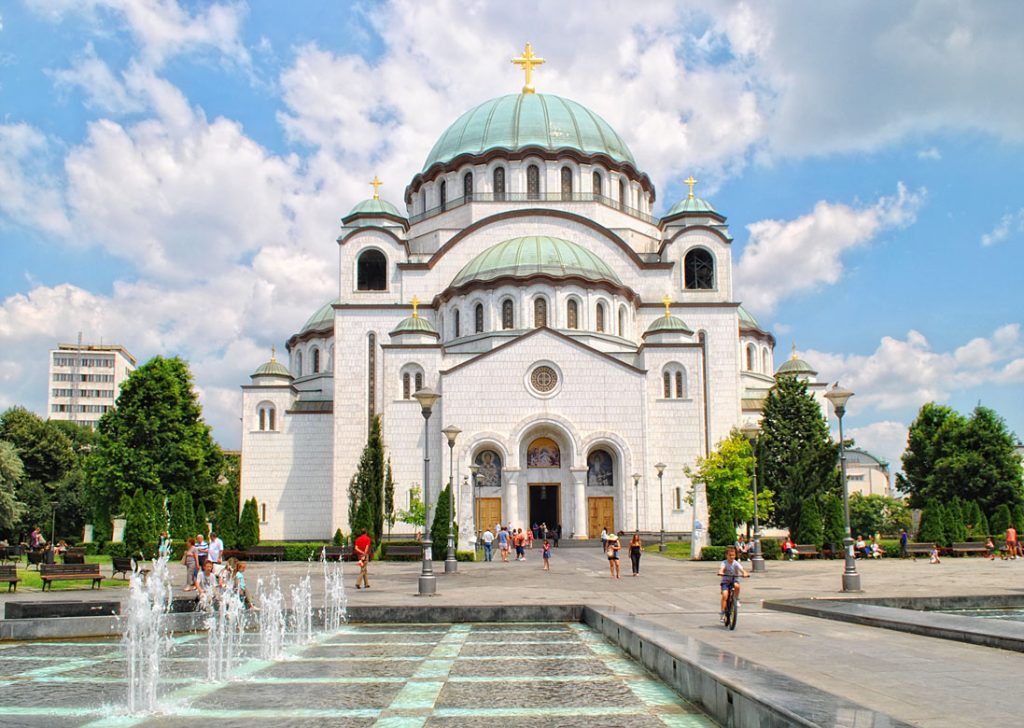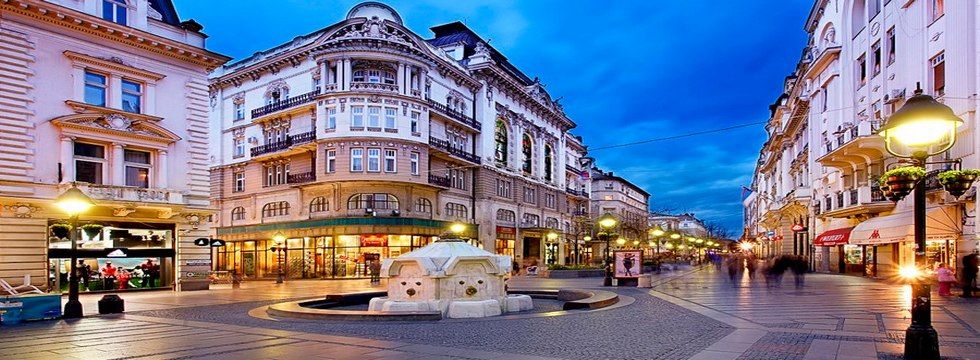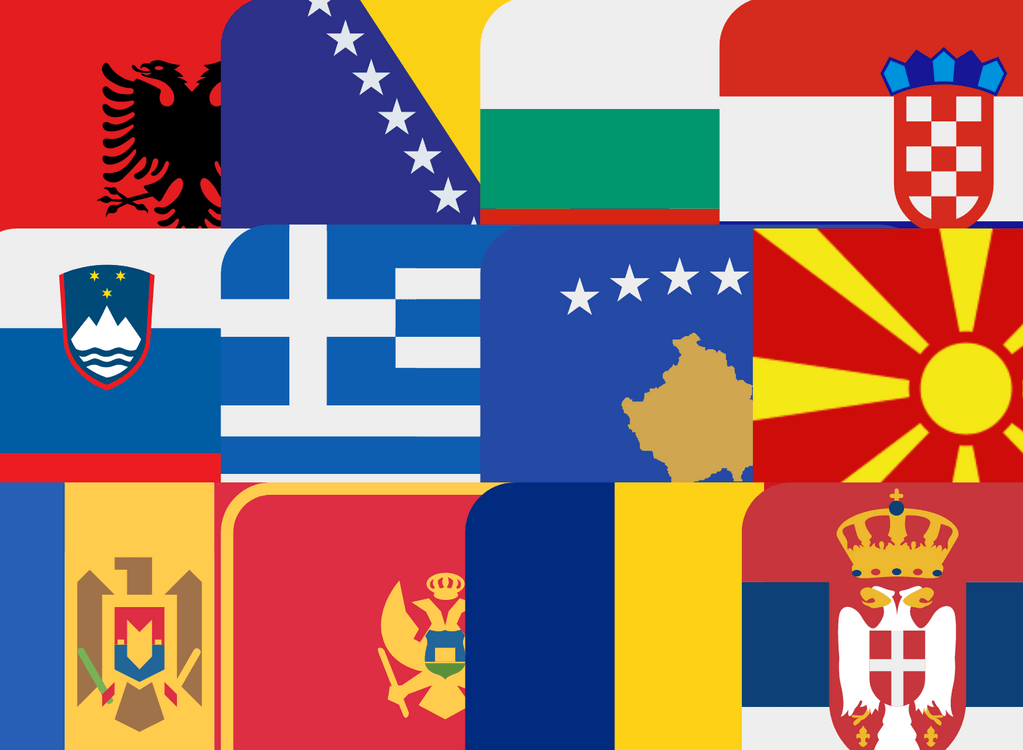Belgrade: History and Nightlife in the Serbian Capital
Introduction
Belgrade, the lively capital of Serbia, is one of the oldest cities in Europe. Strategically located at the confluence of the Danube and Sava rivers, it has been the crossroads of civilizations for centuries, from the Romans to the Ottomans. This mixture of cultures has given it a unique character, reflected in its architecture, traditions and gastronomy.
But Belgrade is not only rich in history. It is also famous for its vibrant nightlife, considered one of the most exciting in Europe. Every corner of the city, from its old fortifications to its modern floating clubs, tells a story or invites you to enjoy an unforgettable night. This article explores both its fascinating past and its modern spirit, offering a complete insight into what makes Belgrade so special.

History of Belgrade
Origins and evolution
The history of Belgrade is as complex as it is fascinating. The first settlements in the region date back to the Neolithic period, with the Vinca culture as one of the most prominent. Later, the Celts baptized the city as Singidunum, and later the Romans transformed it into a strategic fortress that protected the borders of the Empire.
During the Middle Ages, Belgrade became an important commercial and cultural center. It was a key bastion for the Byzantine Empire before falling under Ottoman rule in the 15th century. This period marked a significant change in the city’s culture, incorporating oriental influences that are still visible in its architecture and gastronomy.
In the 19th century, Belgrade began to modernize, becoming the capital of the Kingdom of Serbia and later the capital of Yugoslavia. Its role as the political, cultural and economic epicenter of the Balkans continued until the 20th century, despite the challenges of war and conflicts. Today, it is a vibrant city that combines its rich history with a look to the future.
Outstanding historical monuments
One of the most emblematic tourist attractions in Belgrade is the Kalemegdan Fortress. Built in several stages over the centuries, this fortress has witnessed countless battles and reconstructions. In addition to offering spectacular views of the Danube and the Sava, it houses museums, galleries and green areas ideal for walking.
Knez Mihailova Street, one of the oldest in the city, connects Kalemegdan with the center of Belgrade. This pedestrian promenade is full of historic buildings, shops and cafes, making it the vibrant heart of the city.
Another unmissable place is the Church of San Sava, one of the largest Orthodox churches in the world. Its construction began in the early 20th century and was recently completed, making it a symbol of resilience and national pride.
The Museum of History of Yugoslavia is another prominent site, offering a complete view of life during the Yugoslav period. Here are the remains of Marshal Tito, one of the most influential leaders of the 20th century.
Nightlife in Belgrade
Popular areas for nightlife
Belgrade is known for its unique nightlife, which attracts people from all over the world. The city has something for every type of visitor, from relaxed bars to high-level nightclubs.

One of the most famous places is Skadarlija, a bohemian neighborhood that evokes the charm of past eras. Known for its kafanas, here you can enjoy traditional Serbian food accompanied by live music, from gypsy bands to Balkan ballads.
For those looking for something more modern, the Savamala area is the epicenter of contemporary cultural and nightlife. This neighborhood has been transformed into a center of urban art, with galleries, alternative bars and clubs that mix musical styles such as techno, house and traditional music.
Of course, the splavovi, or floating clubs, are a unique experience in Belgrade. These floating nightclubs, located along the Sava and Danube rivers, offer parties until dawn. Some of the most popular include Freestyler and 20/44, known for their lively atmosphere and varied music.
Night events and festivals
In addition to bars and clubs, Belgrade is distinguished by its night festivals, which combine culture, music and entertainment. The Beer Fest, which is held every August, is one of the largest beer festivals in Europe. With free admission, thousands of visitors enjoy live music and a large selection of local and international beers.
Another important event is the Belgrade Summer Festival, which brings together cinema, theater and outdoor concerts in various parts of the city, including the Kalemegdan Fortress.
For lovers of electronic music, the Lovefest and the Exit Festival, although they are held in nearby cities, have a strong connection with the Belgrade night scene, since many attendees extend their stay in the capital to enjoy their nightlife.
Cultural richness in nightlife
The nightlife in Belgrade is not only an entertainment experience, but also a way to discover the cultural diversity of the city. Nightclubs are not limited to bars and nightclubs; many offer an immersion in Serbian and Balkan traditions.
In the kafanas, for example, in addition to enjoying live music, visitors have the opportunity to try typical dishes such as sarma (stuffed cabbage leaves) and ajvar (a paste of roasted peppers). These culinary experiences, accompanied by rakija, the local brandy, become a celebration of Serbian hospitality.
Art lovers can explore places like KC Grad, a cultural center that combines contemporary art exhibitions with musical events and theme nights. On the other hand, Mikser House, located in the Savamala neighborhood, is a hybrid space that organizes concerts, design markets and film screenings, attracting a varied and international audience.
Belgrade: a destination for all tastes
One of the most attractive aspects of Belgrade is the ability to adapt to the interests of any visitor. Those who prefer a relaxed atmosphere can enjoy a quiet evening in one of the many jazz bars in the city, such as the Jazz Basta, a cozy corner hidden between alleys that transports attendees to another era.
For those looking for something more exclusive, Belgrade has high-end clubs such as Lafayette, which combines cabaret shows with modern music. This fusion of styles reflects the eclectic character of the city, where the traditional and the contemporary are intertwined.
Tips to make the most of your stay in Belgrade
If you are planning to enjoy the nightlife in Belgrade, it is useful to take into account some practical tips:
Flexible hours: Most clubs and bars begin to fill up after midnight, and many remain open until the early hours of the morning.
Night transport: Although Belgrade has a good public transport system, taxis are a convenient option for getting around during the night. Make sure you use reliable services to avoid surcharges.
Appropriate clothing: Some more exclusive places have a dress code, so it is advisable to investigate beforehand.
Explore different areas: Don’t limit yourself to a single neighborhood. From the bohemian charm of Skadarlija to the modernity of Savamala, each area offers a unique experience.

Conclusion
Belgrade is a city that captivates both for its rich history and for its vibrant nightlife. From touring the ancient streets of Stari Grad to enjoying a night in a splav over the Danube, the Serbian capital offers a unique combination of tradition and modernity.
The diversity of options, ranging from historic kafanas to electronic music clubs, ensures that each visitor will find something that fits their interests. In addition, cultural events and festivals make Belgrade a destination that can be enjoyed throughout the year.
So, if you are looking for a place where you can walk through a medieval fortress during the day and dance until dawn by the river, Belgrade is the ideal destination. Their nights, full of energy, creativity and hospitality, are an invitation to return again and again. Another places in Serbita to visit in your next trip.
Explore, live and enjoy the magic of the capital of Serbia. Belgrade is waiting for you!
